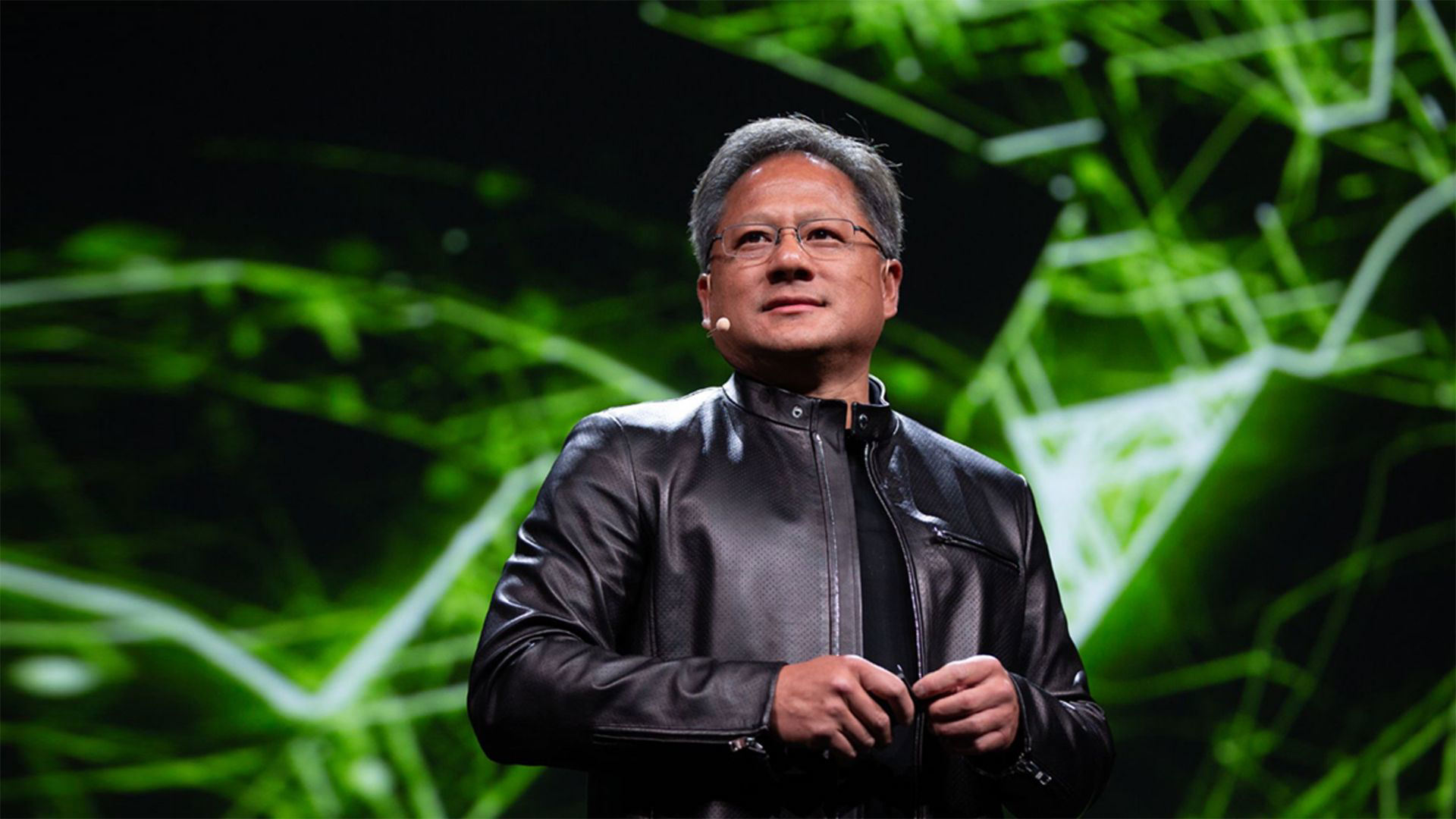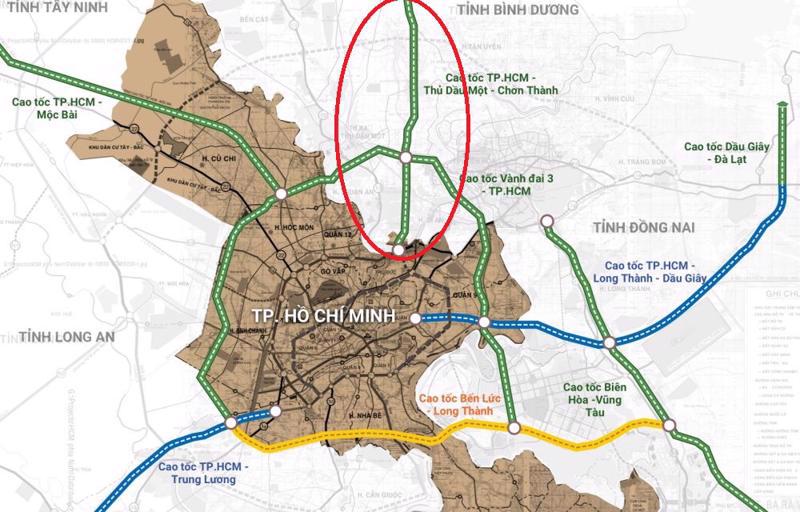The Impact Of US Export Controls: Nvidia CEO's Perspective And Trump's Role

Table of Contents
Trump Administration's Strengthening of Export Controls
The Trump administration significantly intensified US export controls, impacting the global semiconductor industry profoundly. This tightening of regulations stemmed from several key drivers.
The rationale behind the increased restrictions.
The rationale behind the increased restrictions was multifaceted, encompassing both national security and economic competitiveness concerns.
- National security concerns: The US government sought to prevent sensitive technologies, including advanced semiconductors, from falling into the hands of adversaries, particularly China. This concern stems from the potential misuse of such technologies for military applications or espionage.
- Economic competition: The restrictions aimed to curb the technological advancement of rival nations, particularly in areas like artificial intelligence and high-performance computing, where advanced semiconductors are crucial. This is a key aspect of the broader technological competition between the US and China.
- Specific examples of regulations implemented under the Trump administration: A prime example is the imposition of restrictions on Huawei, a leading Chinese telecommunications company, severely limiting its access to advanced US-made chips. This action significantly impacted Huawei's ability to compete in the global 5G market and highlighted the far-reaching consequences of US export controls. Other regulations targeted specific technologies and entities deemed to pose a national security risk.
The impact on Nvidia's business operations.
Nvidia, a leading designer of graphics processing units (GPUs) crucial for AI and high-performance computing, felt the impact of these tightened export controls acutely.
- Limitations on sales to specific markets: Restrictions on sales to certain countries, notably China, a significant market for Nvidia's products, directly affected revenue and growth projections.
- Increased compliance costs and complexities: Navigating the increasingly complex web of export control regulations required significant investment in compliance infrastructure and legal expertise, adding to operational costs.
- Potential delays in product development and deployment: The uncertainty surrounding export regulations forced Nvidia to adjust its product development strategies, potentially causing delays in bringing new technologies to market.
- Specific examples of Nvidia products affected: High-end GPUs used in data centers and AI supercomputers were particularly affected, limiting their availability to certain customers and markets.
Nvidia CEO's Stance on US Export Controls
Jensen Huang, Nvidia's CEO, has publicly addressed the impact of US export controls on the company's operations and the broader semiconductor industry.
Public statements and interviews analyzing the impact on Nvidia.
Huang's statements have reflected a pragmatic approach, acknowledging the complexities of the regulatory landscape while advocating for a balanced approach that fosters innovation while safeguarding national security interests. Analyzing Nvidia's financial reports reveals the tangible effects of these controls on revenue streams and overall profitability.
Navigating the challenges presented by export controls.
Nvidia has employed several strategies to mitigate the negative impacts of export controls:
- Lobbying efforts: Nvidia has actively engaged in lobbying efforts to influence export control regulations, advocating for policies that balance national security concerns with the needs of the industry.
- Investment in research and development: Continued investment in R&D allows Nvidia to maintain a technological edge, diversifying its product portfolio and reducing reliance on specific markets.
- Diversification of supply chains and markets: To mitigate the risks of relying heavily on any single market, Nvidia has actively diversified its supply chains and pursued growth opportunities in other regions.
Long-Term Implications of US Export Controls on the Semiconductor Industry
The long-term consequences of US export controls extend far beyond individual companies, influencing geopolitical dynamics and the future of the semiconductor industry.
Geopolitical ramifications of restricting technology transfer.
Restricting technology transfer through export controls has significant geopolitical ramifications:
- Impact on global technological innovation and development: The restrictions could stifle global technological innovation by limiting access to advanced technologies and hindering collaboration between researchers and companies worldwide.
- Potential for escalating trade tensions and technological decoupling: The use of export controls as a geopolitical tool can exacerbate trade tensions and potentially lead to a fragmentation of the global technology landscape into competing blocs.
- The role of international cooperation in addressing the challenges: International cooperation and dialogue are crucial to finding a balance between national security interests and the promotion of global technological progress.
The future of US semiconductor leadership.
The long-term impact of US export controls on the US semiconductor industry's competitiveness is a subject of ongoing debate:
- Analysis of the potential impact on the long-term competitiveness of US semiconductor companies: While the restrictions aim to protect US leadership, they could also inadvertently hinder innovation and growth by limiting market access and collaboration.
- Discussion of government policies aimed at supporting domestic semiconductor manufacturing: Government initiatives aimed at boosting domestic semiconductor manufacturing, such as the CHIPS Act, are crucial for maintaining US competitiveness in the long term.
- Potential for reshoring and nearshoring of semiconductor production: Export controls are likely to accelerate trends towards reshoring and nearshoring of semiconductor production, potentially altering the global landscape of semiconductor manufacturing.
Conclusion:
The impact of US export controls, particularly as shaped by the Trump administration, presents significant challenges for companies like Nvidia and the broader semiconductor industry. Understanding the implications of these regulations, from the perspective of key players like Nvidia’s CEO, is crucial to navigating the evolving geopolitical landscape. The long-term effects on global technological advancement and US leadership in the sector remain uncertain, highlighting the need for proactive strategies and informed policymaking. To stay informed on the latest developments concerning US export controls and their effects on the tech sector, continue to research and follow industry news closely. Understanding the implications of US export controls is vital for businesses and policymakers alike.

Featured Posts
-
 Potential Canada Post Strike Preparing Your Business For Disruption
May 22, 2025
Potential Canada Post Strike Preparing Your Business For Disruption
May 22, 2025 -
 Luxury Car Sales In China The Bmw And Porsche Case Study
May 22, 2025
Luxury Car Sales In China The Bmw And Porsche Case Study
May 22, 2025 -
 Federal Election Results Implications For Saskatchewan Politics
May 22, 2025
Federal Election Results Implications For Saskatchewan Politics
May 22, 2025 -
 3 Financial Blunders Women Often Make And How To Fix Them
May 22, 2025
3 Financial Blunders Women Often Make And How To Fix Them
May 22, 2025 -
 Tory Wifes Jail Sentence Migrant Rant Leads To Continued Imprisonment
May 22, 2025
Tory Wifes Jail Sentence Migrant Rant Leads To Continued Imprisonment
May 22, 2025
Latest Posts
-
 7 Duong Mo Ra Co Hoi Ket Noi Tp Hcm Long An Hieu Qua
May 22, 2025
7 Duong Mo Ra Co Hoi Ket Noi Tp Hcm Long An Hieu Qua
May 22, 2025 -
 Dau Tu Thong Minh 7 Vi Tri Ket Noi Tp Hcm Long An
May 22, 2025
Dau Tu Thong Minh 7 Vi Tri Ket Noi Tp Hcm Long An
May 22, 2025 -
 Phan Tich 7 Diem Nut Giao Thong Quan Trong Tp Hcm Long An
May 22, 2025
Phan Tich 7 Diem Nut Giao Thong Quan Trong Tp Hcm Long An
May 22, 2025 -
 7 Du An Ket Noi Tp Hcm Long An Tiem Nang Dau Tu Cao
May 22, 2025
7 Du An Ket Noi Tp Hcm Long An Tiem Nang Dau Tu Cao
May 22, 2025 -
 Ke Hoach Phat Trien Giao Thong Tp Hcm Long An 7 Vi Tri Uu Tien
May 22, 2025
Ke Hoach Phat Trien Giao Thong Tp Hcm Long An 7 Vi Tri Uu Tien
May 22, 2025
